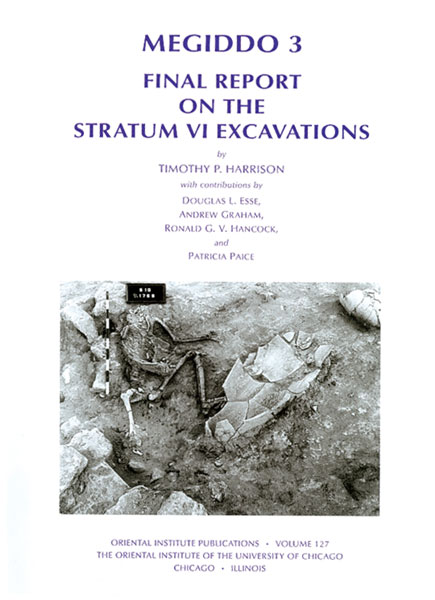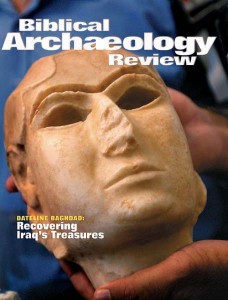
Stratum VI at Megiddo is one of the most controversial puzzles in the archaeology of ancient Israel. It represents the Iron Age I at that important site and therefore has significant cultural and chronological implications for understanding the transformation from Late Bronze Age Canaanite to Iron Age Israelite culture. It is also central to understanding the extent, if any, of King Solomon’s kingdom. No wonder, then, that Megiddo Stratum VI is mentioned frequently in the scholarly literature and that its features have been disputed by many archaeologists and historians.
Despite Stratum VI’s great importance, however, relatively little had been published on it until recently. The Oriental Institute of the University of Chicago excavated Megiddo between 1925 and 1939—the most comprehensive dig of a Bronze and Iron Age mound ever conducted in Israel or neighboring countries. The results of these excavations were published in two major, general volumes and four thematic ones. Megiddo I, published in 1939, presented the results of Strata I through V (excavated 1925–1934); Megiddo II, published in 1948, covered 1935 through 1939 and included the finds and plans of Stratum VI but discussed only briefly the stratum’s architecture and stratigraphy.
Already a library member? Log in here.
Institution user? Log in with your IP address.

